Selected Plants of Navajo Rangelands
Kochia
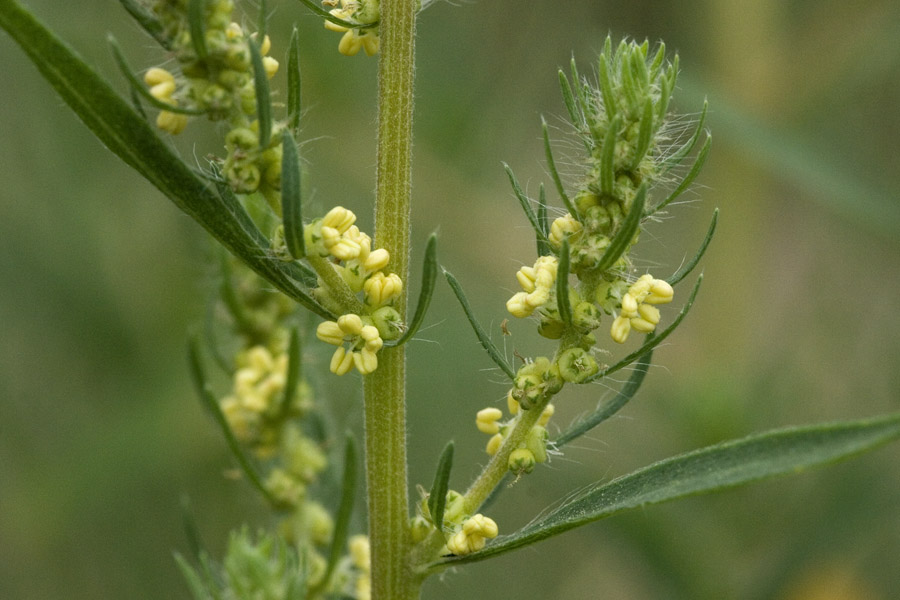
Kochia, native to southern and eastern Russia, was introduced to North America from Europe. Plants growing on dry or infertile sites typically average two feet tall. The leaves are generally green but change to yellow, red, and brown as the plant ages and dies. Dead plants break off at the base and are blown by the wind as tumbleweeds that scatter seeds.
Kochia and common ragweed look very similar from a distance, and the two sometimes occur together. Because kochia is extremely efficient at using water, it can thrive in warm, low rainfall environments. The plants have a wide tolerance of soil types and are often found on saline/alkaline soils. Plants grow on grasslands, pastures, prairies, roadsides, ditch banks, wastelands, floodplains, riparian habitats, and cultivated fields.
Kochia is readily grazed by livestock, but sometimes contains high nitrate levels and can be toxic.
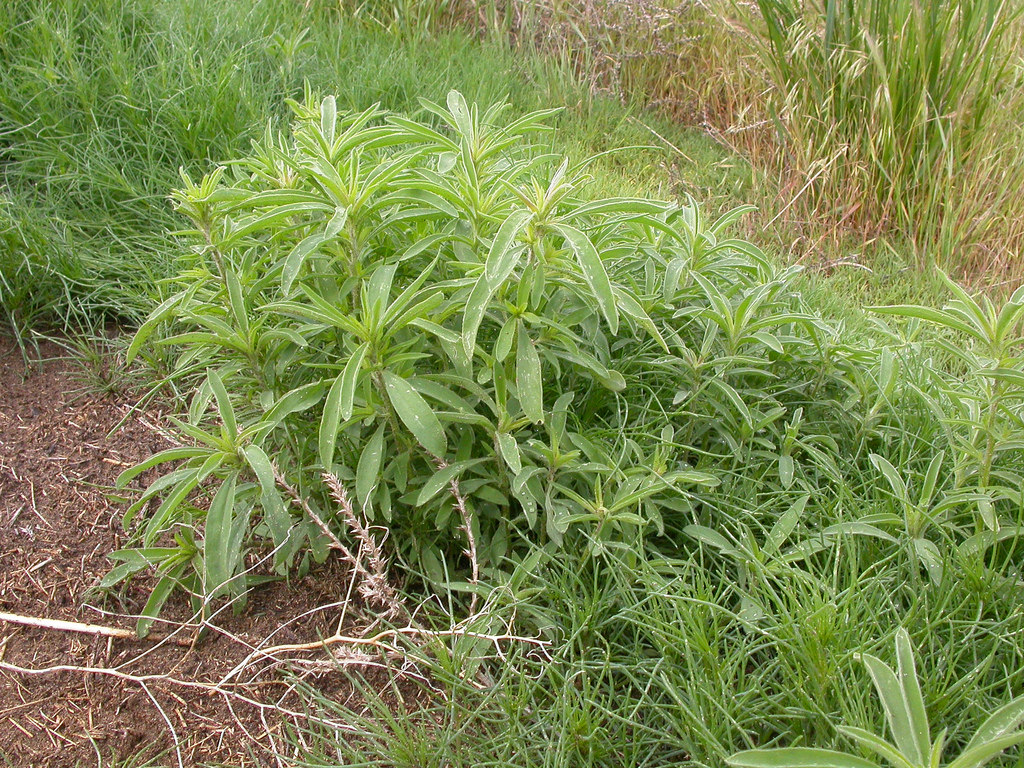

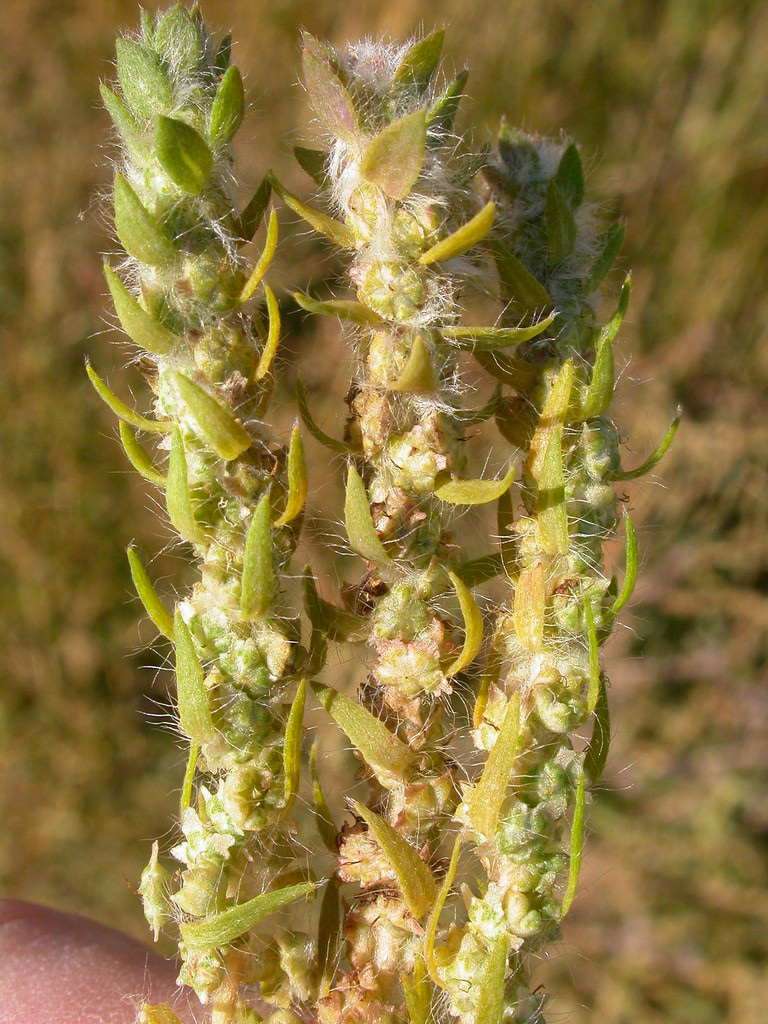
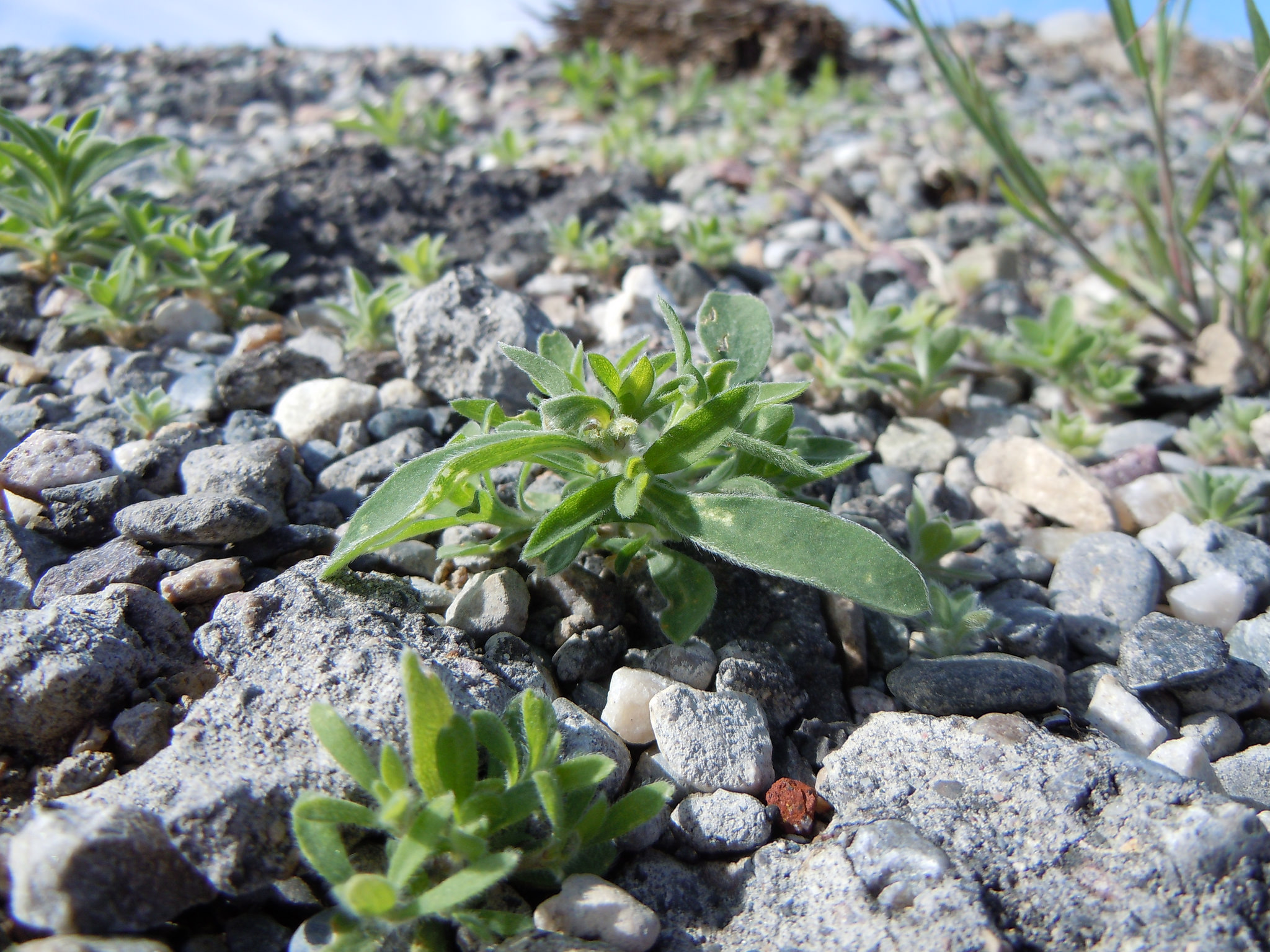
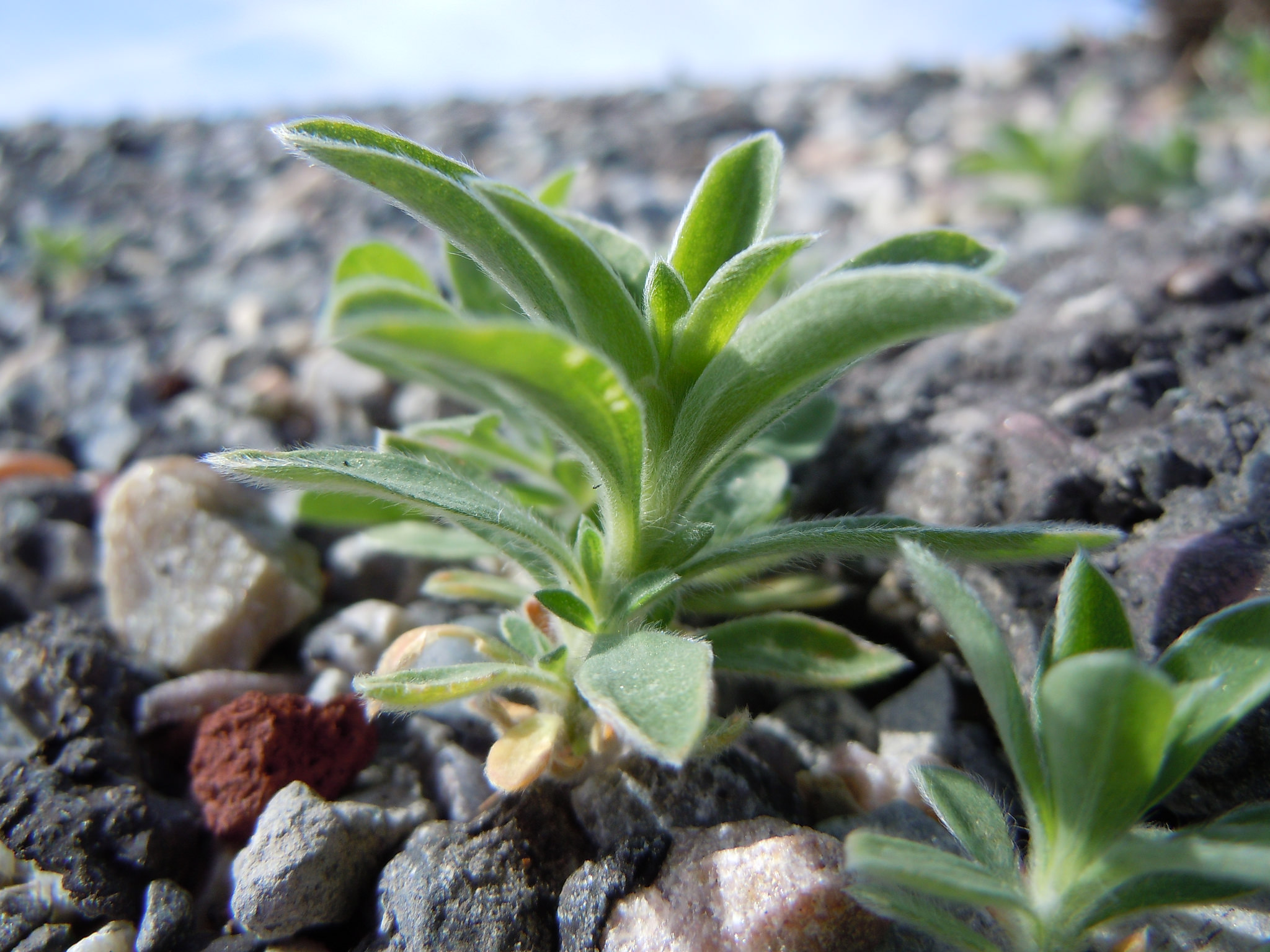
©2018 NMSU Board of Regents.
Individual photographers retain all rights to their images.
Partially funded by the
Western Sustainable
Agriculture Research and Education Program
(westernsare.org; 435.797.2257),
project EW15-023.
Programs and projects supported by Western SARE are
equally open to all people.